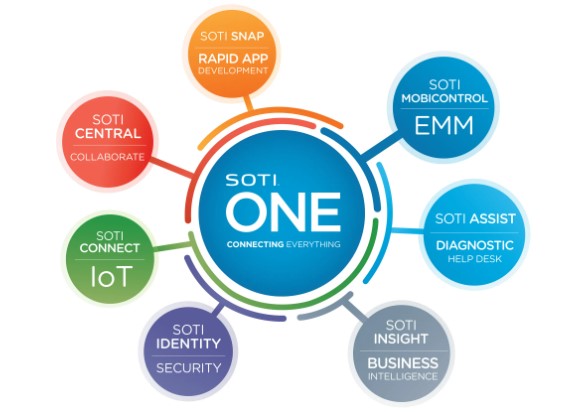What is Big Data in Finance ?
Big data in finance refers to large, diverse (structured and unstructured) and complex sets of data that can be used to provide solutions to long-standing business challenges for financial services and banking companies around the world.

The term is no longer just confined to the realm of technology but is now considered a business imperative. It is increasingly leveraged by financial services firms to transform their processes, their organizations, and the entire industry.
How Big Data Is Revolutionizing Finance
The exponential growth of technology and increasing data generation are fundamentally transforming the way industries and individual businesses are operating. The financial services sector, by nature, is considered one of the most data-intensive sectors, representing a unique opportunity to process, analyze, and leverage the data in useful ways.
Traditionally number crunching was done by humans, and decisions were made based on inferences drawn from calculated risks and trends. However, in recent times, such functionality is usurped by computers. As a result, the market for big data technology in finance offers inordinate potential and is one of the most promising.
-
Real-Time Stock Market Insights
Big data is completely revolutionizing how the stock markets worldwide are functioning and how investors are making their investment decisions. Machine learning – the practice of using computer algorithms to find patterns in massive amounts of data – is enabling computers to make accurate predictions and human-like decisions when fed data, executing trades at rapid speeds and frequencies.
The business archetype monitors stock trends in real-time. It incorporates the best possible prices, allowing analysts to make smart decisions and reduce manual errors due to behavioral influences and biases. In conjunction with big data, algorithmic trading is thus resulting in highly optimized insights for traders to maximize their portfolio returns.
-
Big Data Analytics in Financial Models
Big data analytics presents an exciting opportunity to improve predictive modeling to better estimate the rates of return and outcomes on investments. Access to big data and improved algorithmic understanding results in more precise predictions and the ability to mitigate the inherent risks of financial trading effectively.
-
Customer Analytics
Today, customers are at the heart of the business around which data insights, operations, technology, and systems revolve. Thus, big data initiatives underway by banking and financial markets companies focus on customer analytics to provide better service to customers.
Companies are trying to understand customer needs and preferences to anticipate future behaviors, generate sales leads, take advantage of new channels and technologies, enhance their products, and improve customer satisfaction.
Thus, by effectively cultivating meaningful relationships with their customers and improving their ability to anticipate customer preferences, financial markets organizations can deliver new customer-centric products and services to seize market opportunities quickly.
For example, the Oversea-Chinese Banking Corporation (OCBC) analyzed huge amounts of historical customer data to determine individual customer preferences to design an event-based marketing strategy. The strategy focused on a large volume of coordinated, personalized marketing communications across multiple channels, including email, text messages, ATMs, call centers, etc.
-
Risk Management And Fraud Detection
Financial organizations use big data to mitigate operational risk and combat fraud while significantly alleviating information asymmetry problems and achieving regulatory and compliance objectives.
Banks can access real-time data, which can be potentially helpful in identifying fraudulent activities. For example, if two transactions are made through the same credit card within a short time gap in different cities, the bank can immediately notify the cardholder of security threats and even block such transactions.
In addition, in the case of insurance, the insurance company can access data from social media, past claims, criminal records, telephonic conversations, etc., beyond the claim details while processing a claim. If it finds anything suspicious, it can flag the claim for further investigation.
To tackle fraud effectively, Alibaba built a fraud risk monitoring and management system based on real-time big data processing. It identifies bad transactions and captures fraud signals by analyzing huge amounts of data of user behaviors in real-time using machine learning.
To learn more, check out our Machine Learning for Finance – Python Fundamentals course.
Big Data Challenges Facing the Banking and Finance Industry
-
Meeting Regulatory Compliance
Financial organizations must fulfill the Fundamental Review of the Trading Book (FRTB) stringent regulatory requirements – developed by the Basel Committee on Banking Supervision (BCBS) – that govern access to critical data and demand accelerated reporting.
-
Data Privacy
Data privacy is another major concern tied to the implementation of cloud computing technologies. Companies are worried about putting proprietary information in the cloud, and though some have created private cloud networks, such projects can be costly.
-
Data Silos
The inability to connect data across department and organizational silos is now considered a major business intelligence challenge, leading to complicated analytics and standing in the way of big data initiatives.
